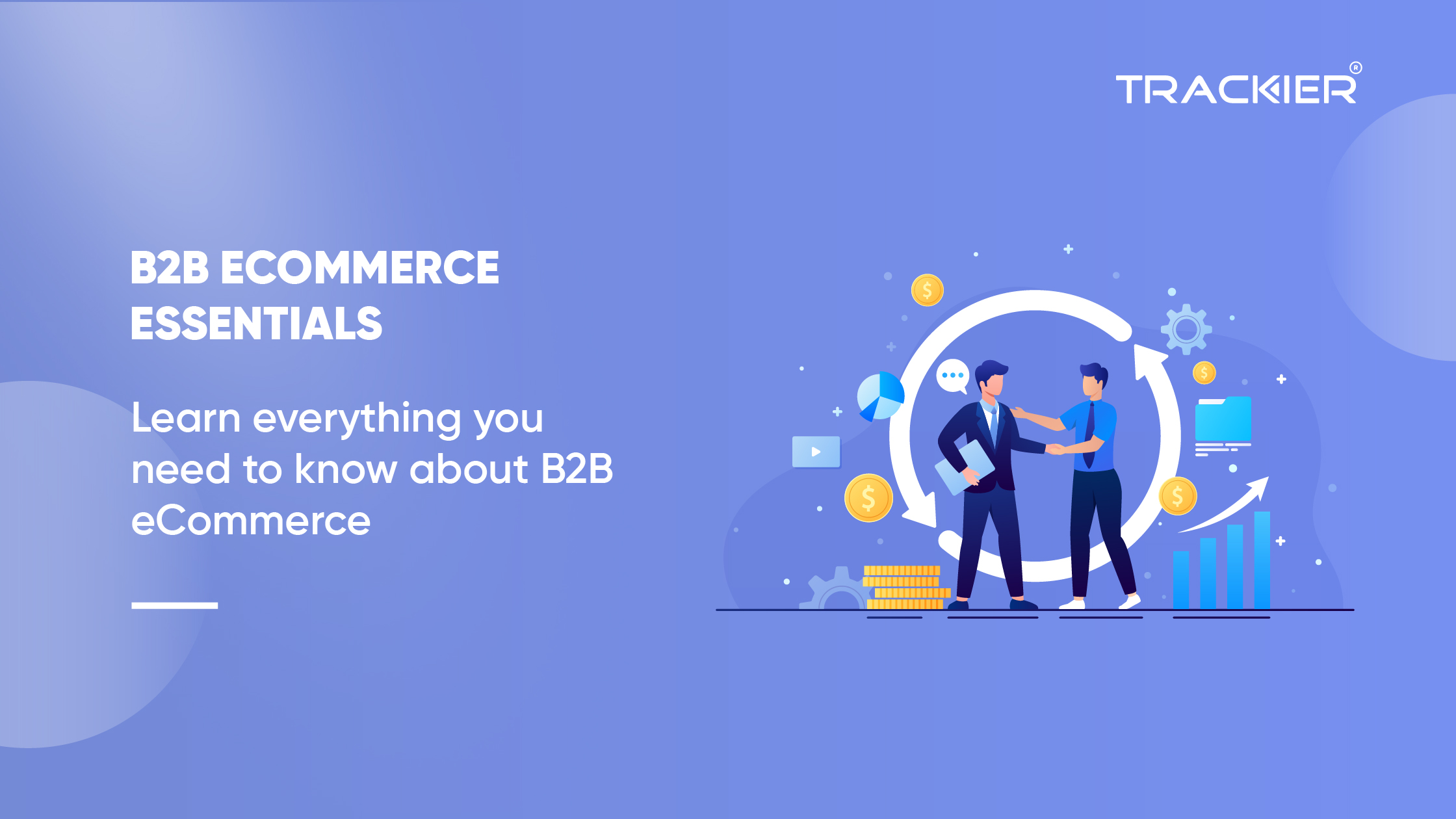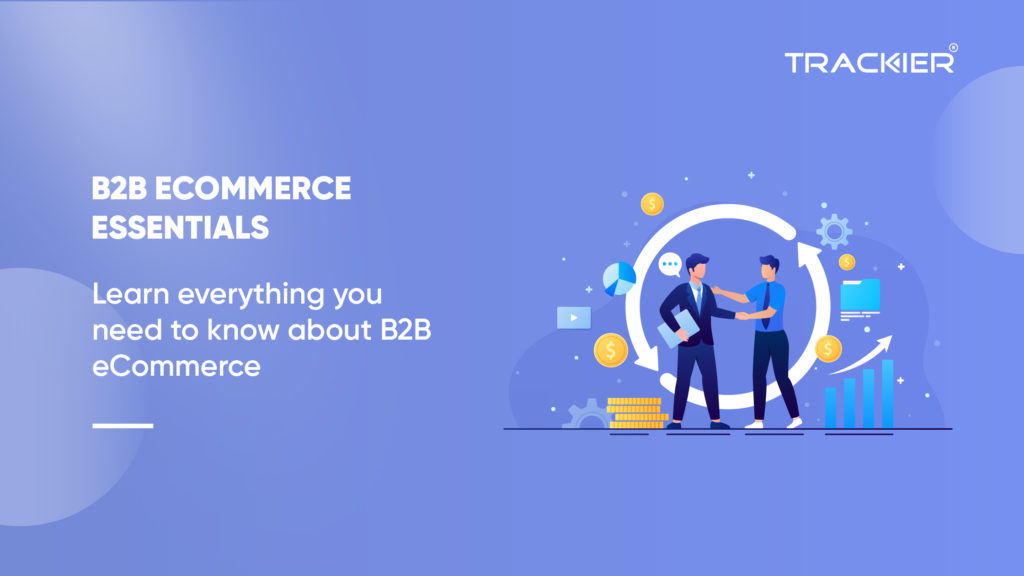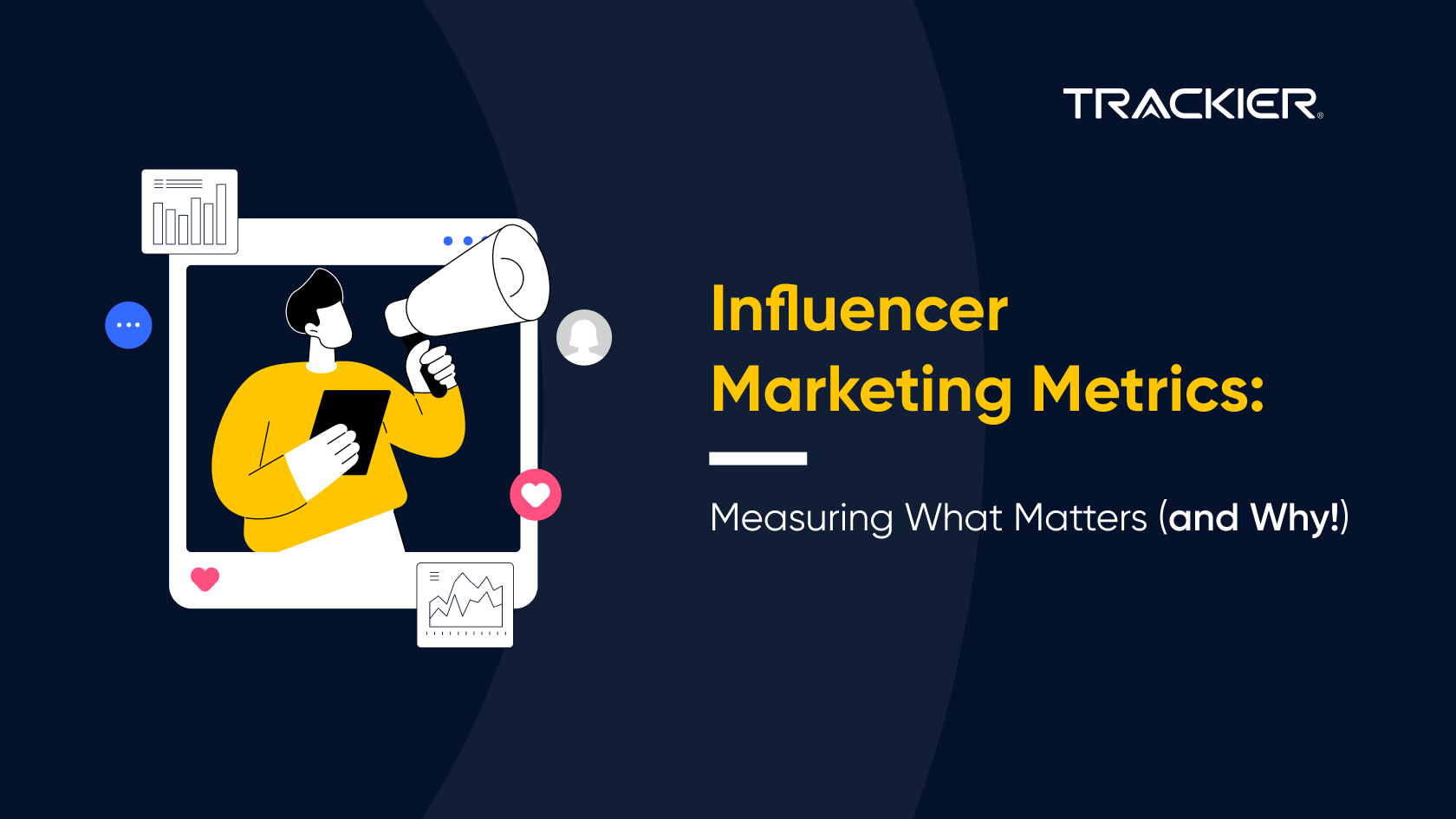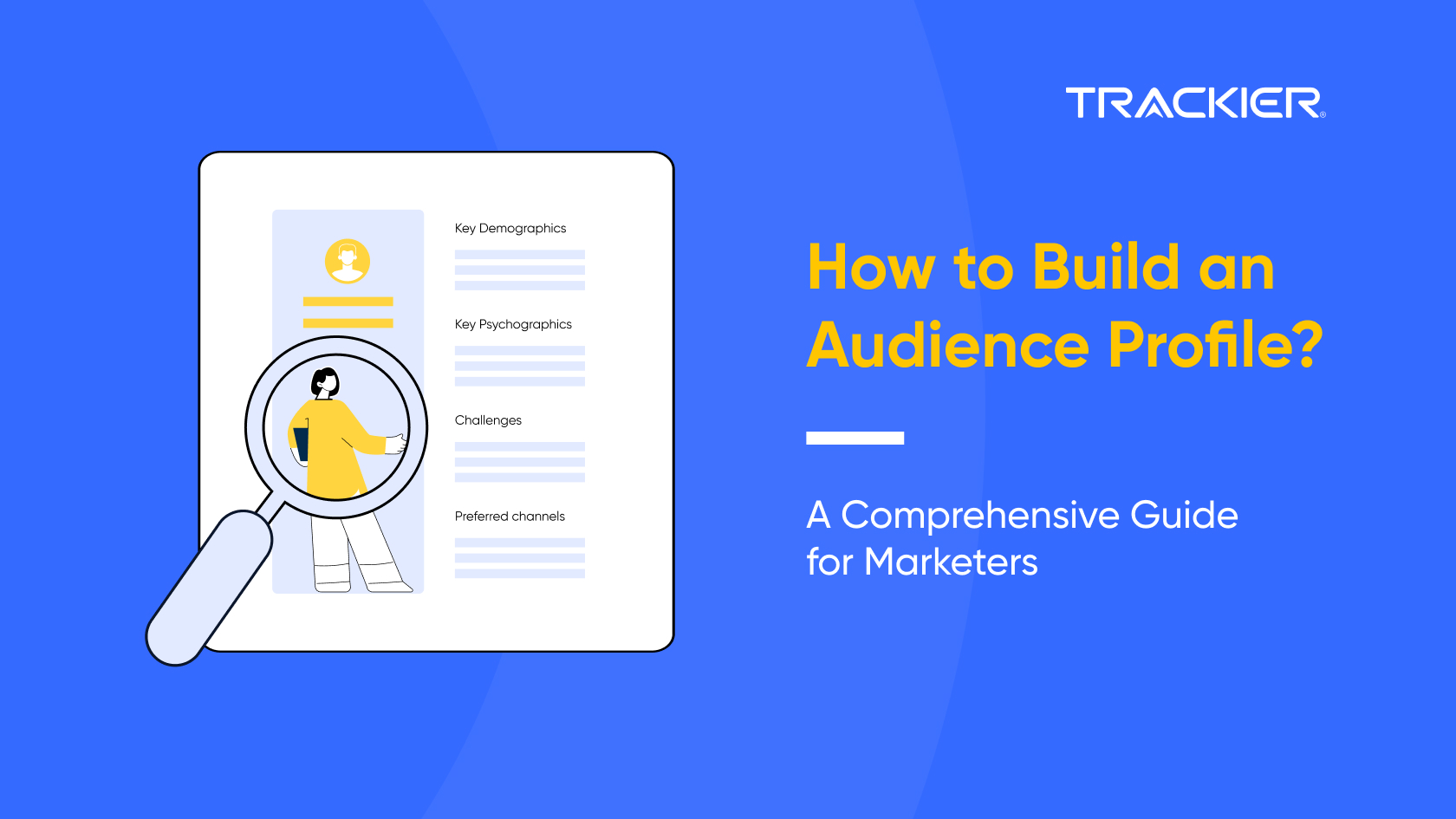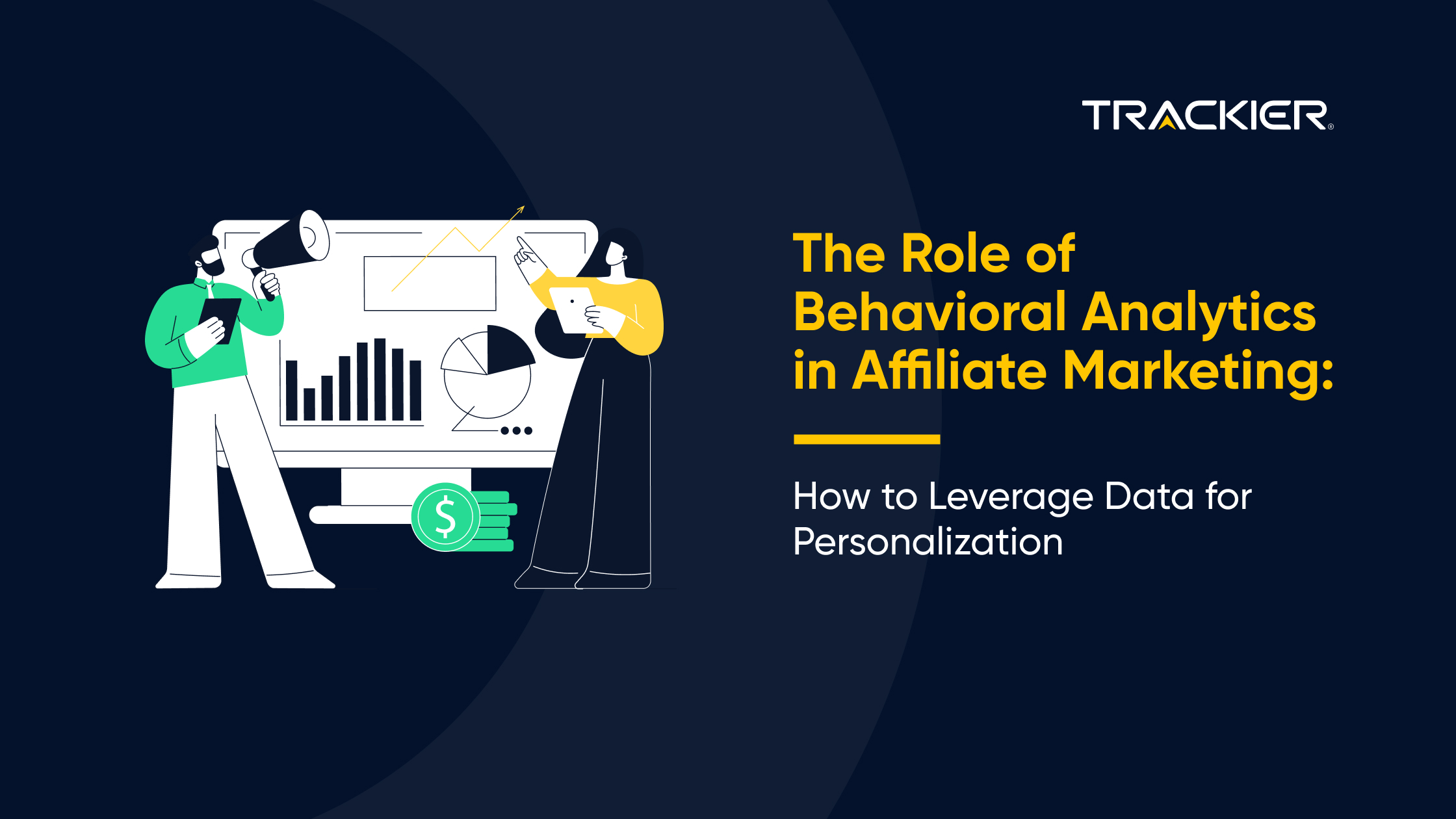Post pandemic era has begun and we are witnessing a huge change in the eCommerce marketing scenario across the globe. B2B eCommerce has become one of the major sales channels in the digital eCommerce space.
With the emergence of B2B, multiple businesses can meet on one digital platform to manage and place their orders directly from their phones and create new business opportunities on the go.
In this article, we will explain what B2B eCommerce is, How B2B eCommerce works, the types of B2B eCommerce models, its market share and opportunities, and some ways to market your B2B eCommerce Website to boost your online business.
What is B2B eCommerce?
B2B eCommerce is a form of online marketing and selling of products or services between two established businesses.
The end goal is to expand the customer base by increasing reach and reducing cost-to-serve in order to drive more revenue.
All this will sound intriguing to you and will raise this question in your head, “how does B2B eCommerce work?”
It is understandable to not be familiar with such recent eCommerce models. But worry not, let’s discuss how this business model works.
How does B2B eCommerce work?
You must surely know the traditional B2C model, where the businesses directly sell products to the consumers. B2B is an entirely different business model. It is the process of selling and marketing the products directly between businesses. It involves online transactions between one business to another, such as a wholesaler to a retailer or manufacturer to a wholesaler, etc.
Traditionally, B2B business involves a lot of physical and labor-intensive work in the sales and marketing processes. However, with the advent of technology and various online platforms for marketing, B2B eCommerce came into existence.
The induction of digital or online commerce has helped many small and large businesses to reduce their costs in marketing and improve overall efficiency through automation. To fully leverage these benefits, many businesses choose to hire ecommerce developer professionals who can create tailored solutions and optimize their online platforms for maximum performance.
Primary B2B eCommerce stakeholders are:
- Wholesalers
- Large retailers
- Resellers
- Various non-profit organizations such as schools
3 Types of B2B eCommerce Models
As we have discussed above, B2B is a business model, but there are some sub-models for B2B eCommerce that you need to know about. Let’s see the different types of B2B eCommerce models.
1. Wholesale B2B
Wholesale in B2B is when a manufacturer sells a product in bulk for a reduced price to a retailer. The retailer then sells these products for a profit directly to the consumers. This usually occurs when specific parts are manufactured for a type of product, which is assembled as a complete product at a later stage, such as manufacturing TVs, Mobile Phones, Cars, etc.
This could mean a discounted price, allowing the second business to sell individual items at a profit, or it could be like the previously mentioned microchip manufacturer, where parts are needed for the mass production of a product like the iPhone.
2. B2B2C
In the B2B2C model, the manufacturer partners with a B2C brand in order to sell their products online or in-store via the brand’s website or stores. For example, when customers purchase an iPhone from Amazon or another retailer.
3. B2C2B
The B2C2B is a newly emerging model where a business accesses its customers via a third party, instead of directly approaching them. It is a mix of D2C wholesale and B2B.
For example, there are smaller D2C brands that have a niche product and are limited by geography to expand their customer base and can partner with popular brands that can help them sell their product on a larger scale, such as Walmart.
B2B eCommerce market size and statistics
B2B eCommerce is indeed one of the fastest-growing eCommerce models with its market estimates valued at $10.6 trillion globally in 2018, which is more than five times the B2C eCommerce market. And in 2020, its worth increased to $14.9 trillion.
What’s more interesting is that the Asia Pacific is way ahead with about 80% market share over North America and Europe. More than three-quarters of wholesalers, manufacturers, and distributors are planning to launch their eCommerce website and operate within a year or two.
What’s causing the shift to B2B eCommerce?
Technology has played a major role in the recent shift in the B2B business model. Ecommerce has made it easier for wholesalers and retailers to come along and provide quality services while spending fewer funds and of course making a better profit than the traditional B2B model. To achieve this transformation, many businesses have partnered with top ecommerce development companies that specialize in creating scalable, efficient, and user-friendly platforms tailored to modern B2B needs.
Wholesalers want flexibility and autonomy, just like the retail customer in a B2C model. Self Service is the need of the hour for wholesalers and that number has increased to about 57% of the entire B2B customers. About 65% of B2B clients want scheduled deliveries and a simplified ordering experience for their business. This has created the demand for various B2B Portals that we see today.
Ways to market your B2B e-commerce website
1. Creating and maintaining a Simple and Engaging Website
Having a simple yet engaging website is a huge asset for a marketer. It allows you to showcase your features and products in the way you intend your customers to see them.
A recent study shows that 84% of millennial B2B buyers believe their mobile device is essential for their work, so your website should be mobile-friendly.
Also, it becomes easier for your B2B Affiliates to channel your website to their audience. Check out our Performance Marketing tool for your eCommerce website to track your affiliates and increase your ROI.
2. Search Engine Optimization
It is highly recommended to optimize your content in order to rank better amongst other search engine result pages (SERPs) for a particular keyword. It is advised by many experienced marketers that SEO gives you an advantage over your competitor in a similar niche.
In order to optimize your eCommerce website, you need to conduct thorough research about the keywords pertaining to your product’s niche. For more accurate data try using SEO rank tracking tool. Then, proceed with link building using these keywords. You will have to dive deep into analytics by measuring your website’s metrics like time spent on your site by customers, the bounce rate of your website, etc.
3. Creating Online Advertisements
Advertisements are now an integral part of our lives. They are literally omnipresent. That’s what makes them effective and can do wonders for your eCommerce business.
There are various methods of advertising out there such as Search ads, Pay-per-click (PPC) ads, social media ads, in-app ads, etc. You need to choose the right one based on your target audience which can help you increase your conversion rates.
Well of course you need to be creative with your ads and make sure they go in sync with your website. Another important thing you need to keep in mind is you need to know when to run your ad campaigns. There are times when you get higher traffic than usual and you need to track such days in order to enhance your advertising efforts.
4. Developing engaging Content for Marketing
E-Commerce is very closely related to content marketing. Creating “How to” type of content for your consumers will definitely create a positive impression on them and can influence their purchasing decisions.
Your content marketing strategy should make your customers look for more information on your website. Your website should be thorough and resourceful, which shows your dominance and authority in your domain.
Additionally, adding interactive elements such as videos, blog posts, infographics, etc, increases trust.
A market survey showed that about 70% of B2B buyers and researchers watch videos before making a purchase. More than 73% of B2B marketers have stated that sharing video content has positively impacted their marketing ROI to significant numbers.
5. Creating impactful Landing Pages
Landing pages are the key elements to improving your lead generation. If you have an impactful landing page, it ensures your conversion rates are high. A smartly arranged landing page instills confidence in the customer. A shabby-looking landing page will definitely give a fake vibe, resulting in lesser conversions.
To be creative, you can add some interactive elements such as infographics or videos to your landing page. You can even go with a customer success story, which gives a positive and a safe impression on your potential customers.
The future of B2B eCommerce
B2B eCommerce is not just a post-pandemic trend. It has become a necessity in this day and age where buyers and sellers want to move towards less complex methods of doing business.
B2B with its eCommerce format allows that as it streamlines the entire operations of a business and increases efficiency significantly.
As Forrester forecasts that we will see a B2B eCommerce rise to over 17%, which is $1.8 trillion by 2023 in the US, it will be interesting to see how much potential it can have in the coming years as more wholesalers and manufacturers move towards eCommerce. There is no question about Traditional B2B as it will still have its relevance. The eCommerce version will just push boundaries for what B2B can evolve into.

